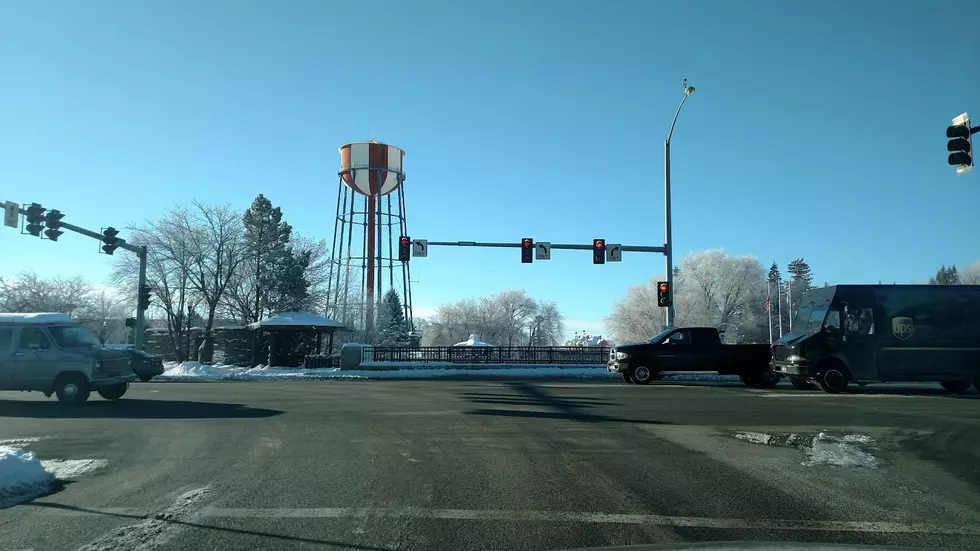
Local Entities Organize Groundwater Testing
TWIN FALLS, Idaho (KLIX) – Groundwater in the Twin Falls area has gotten better over the past decade, thanks to improved farming practices and other contributing factors. But if you’re not sure about your own groundwater, you’ll soon have the chance to have it tested by professionals.
The Twin Falls Groundwater Awareness Committee – a joint venture between Twin Falls city and county, Idaho Department of Environmental Quality, Idaho Department of Water Resources, South Central Public Health District and the Twin Falls Canal Co. – will provide free nitrate screenings on private well samples on March 9. The Groundwater Awareness Fair will go from 3-6 p.m. at the Twin Falls County West Building, 630 Addison Ave. W.
During the awareness fair, IDWR will be able to look up your well history and provide information about it. Information also will be provided on Twin Falls city drinking water; well construction standards, maintenance and decommissioning; health effects of common water contaminants; and how irrigation connects with groundwater.
Twin Falls used to be on top of the country’s list for the highest nitrates found in groundwater, said Robert Bohling, the city’s water superintendent. But over the past decade or so it has dropped to slot 21.
Several factors are attributed to the improvement of groundwater in the area. Farmers using better practices, homeowners being better educated about lawn care, and improved septic tanks are a few of them. Another contributor is that because of drought conditions there hasn’t been a lot of standing water.
“I believe the biggest factor is farming practices,” Bohling said. “Fertilizer used to be pretty cheap and farmers would dump it all over their fields. Now they’re finding that plants can take only so much within a given time period.
“Also, a lot of farmers have gone from furrow irrigation to sprinkler irrigation. The water from sprinkler irrigation penetrates only about a foot and a half into the ground instead of going down to the bedrock and drawing all of the nutrients with it into the aquifer.”
There’s one problem with that, however – our aquifers aren’t as full.
“It’s a double-edged sword,” he said, but noting that overall there’s been “quite a few practices that have helped improve groundwater.”
More From 98.3 The Snake









